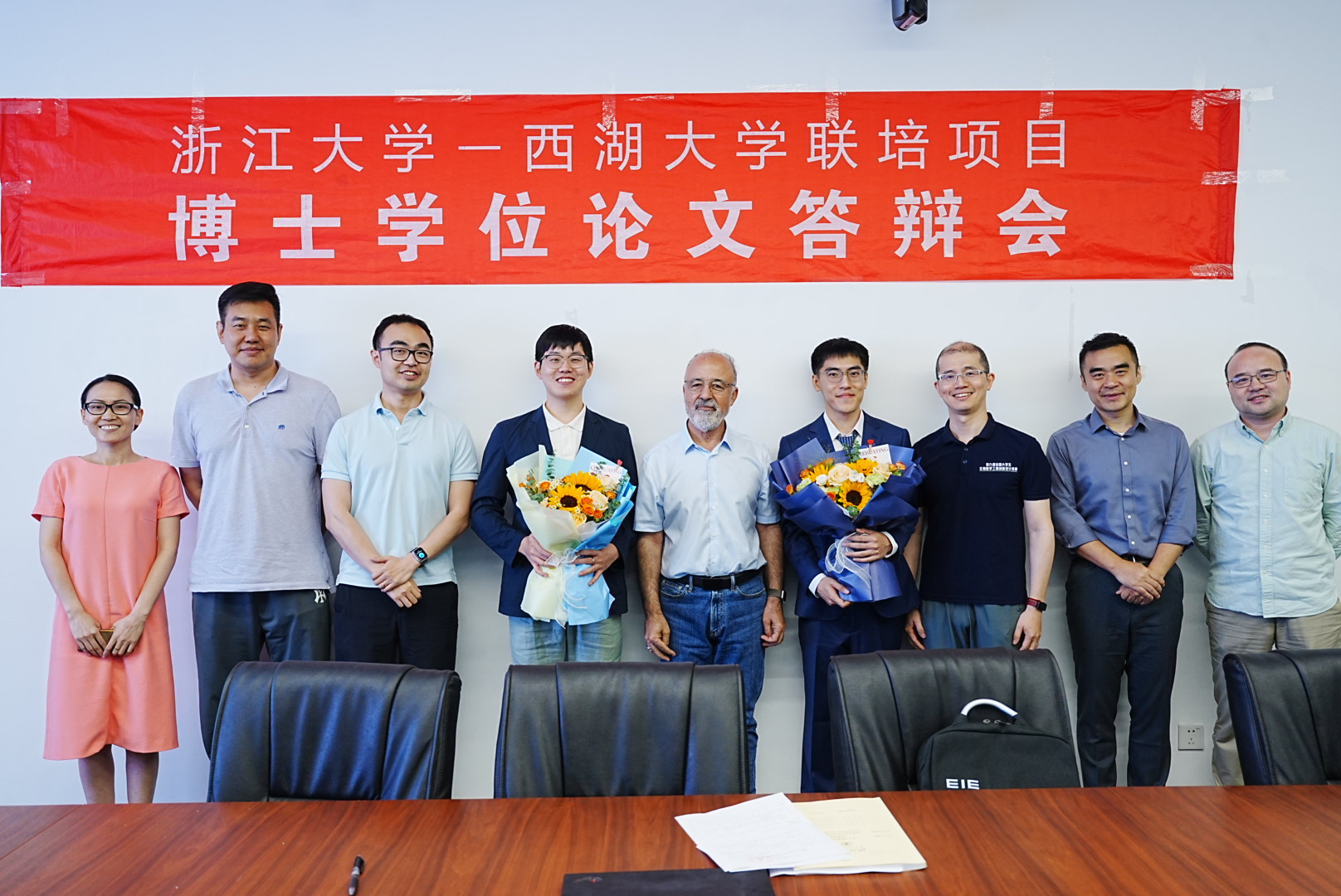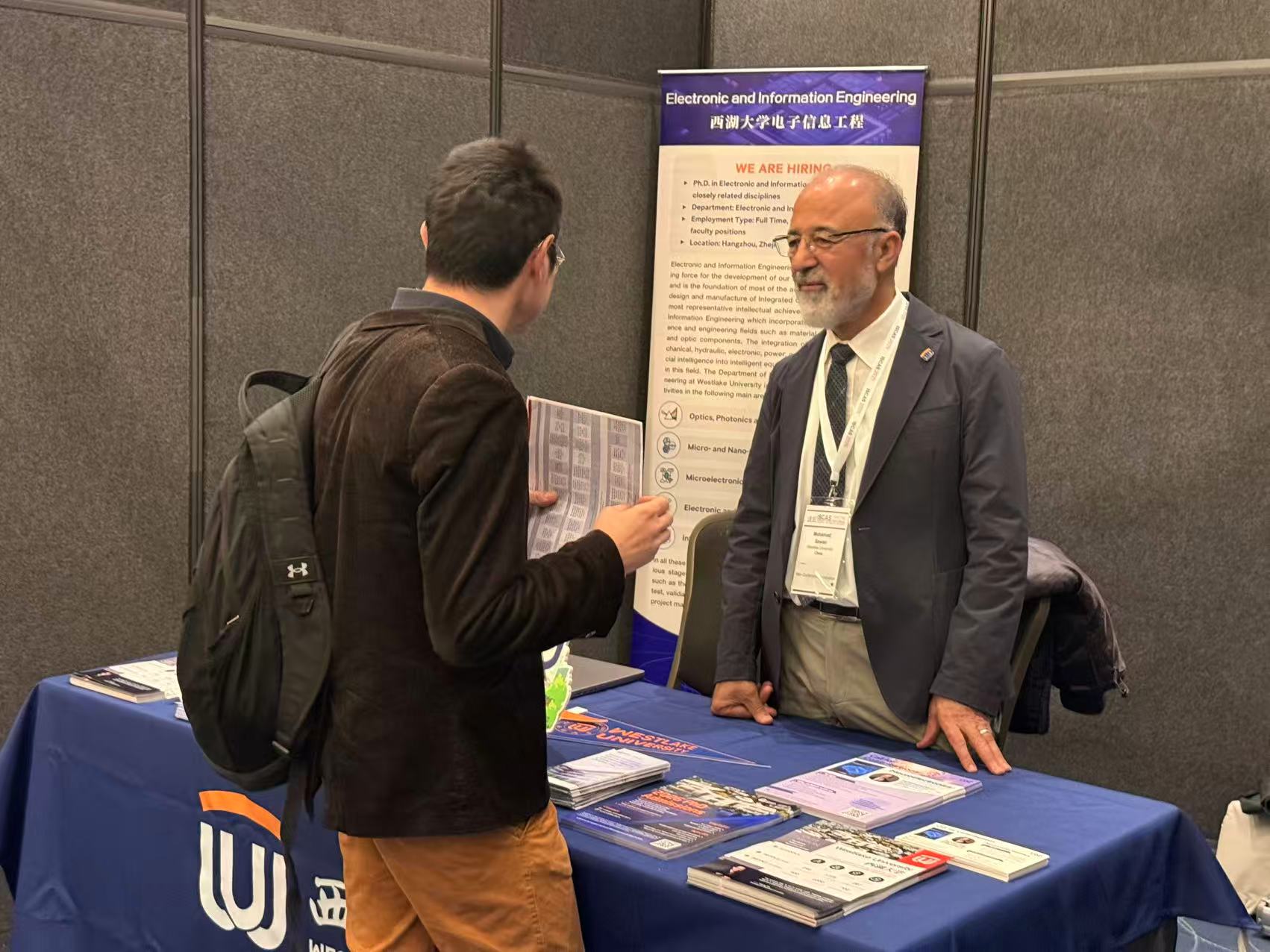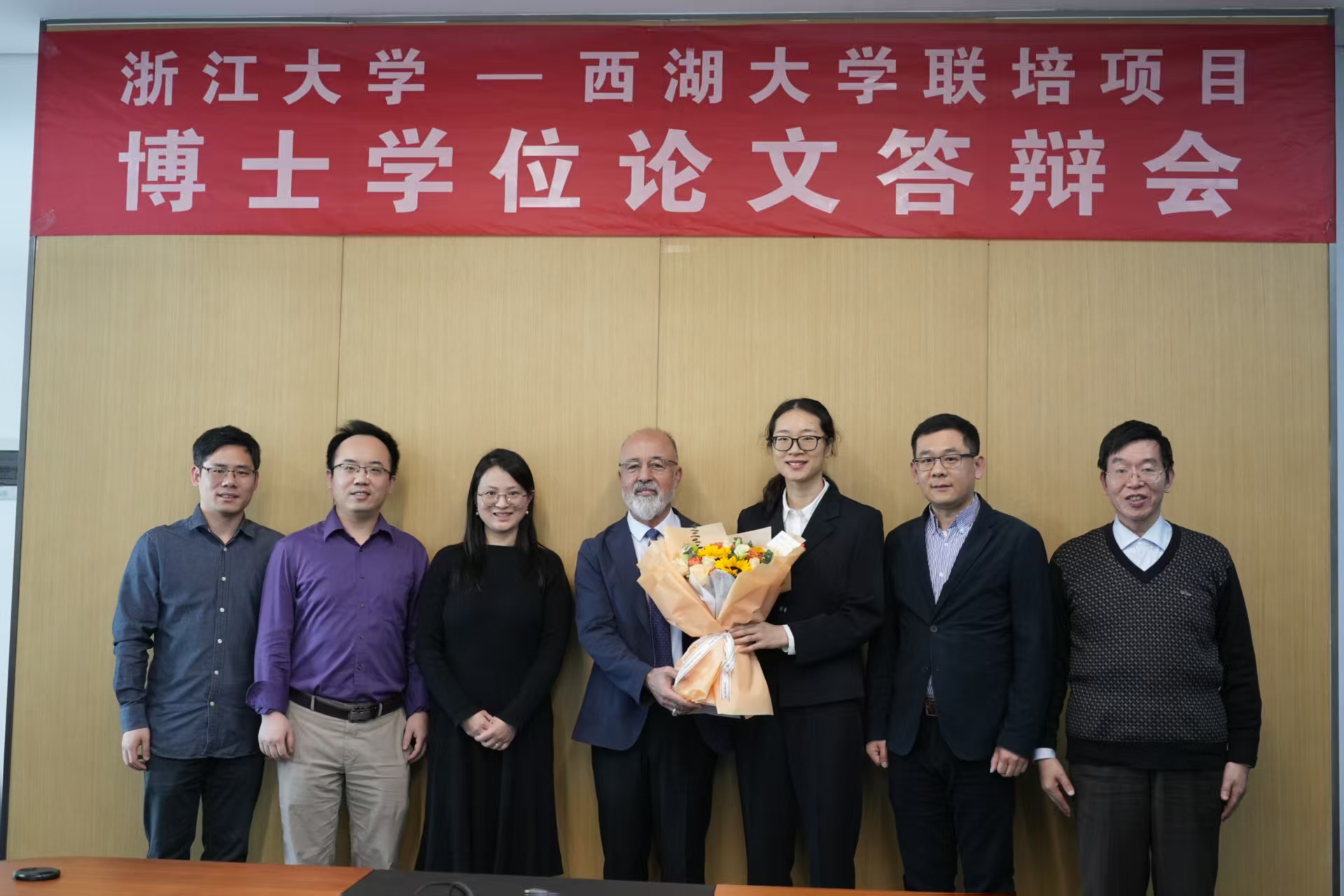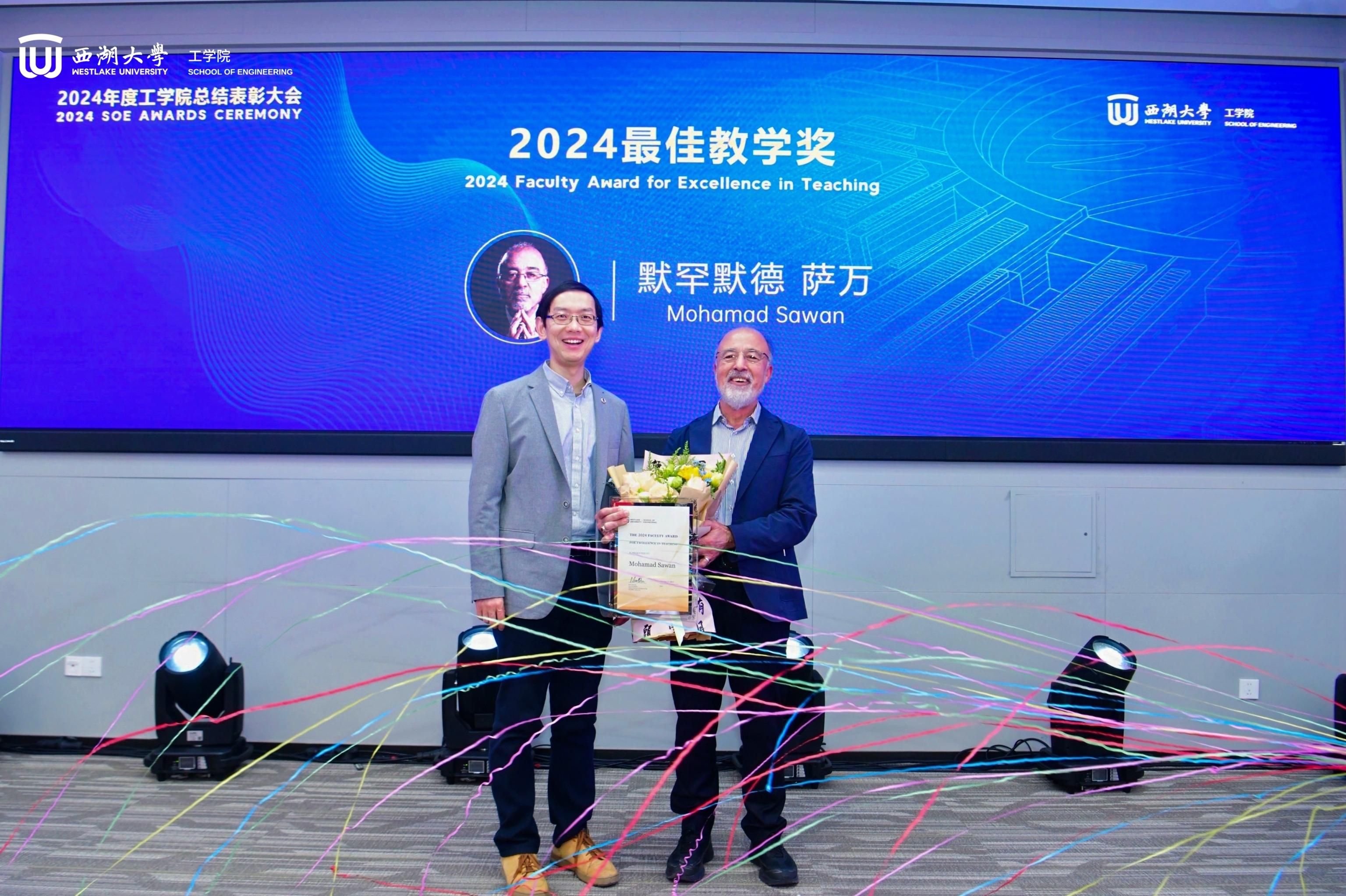Recently, CenBRAIN Neurotech Center of Excellence at Westlake University published a review paper in MDPI Nanomaterials titled “Perovskite Quantum Dot-Based Memory Technologies: Insights from Emerging Trends”. The article focuses on the research hotspots of perovskite quantum dots (PVK QDs) in next-generation memristive devices, systematically reviewing their synthesis methods, resistive switching mechanisms, and potential applications in neuromorphic computing and photonic devices. Dr. Fateh Ullah, Research Assistant Professor at Westlake University, is the first author, and Chair Professor Dr. Mohamad Sawan is the corresponding author. This work was supported by the National Natural Science Foundation of China.
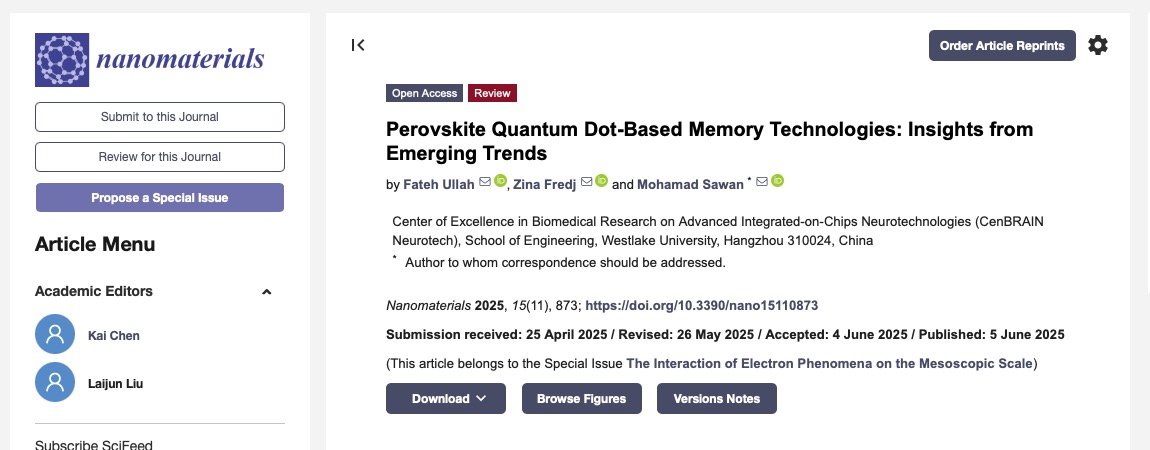
Perovskites (PVKs) exhibit remarkable characteristics, including affordable yet straightforward synthesis and robust optical and electrical properties, which are advantageous in building memory architectures. Despite their impressive features, 3D PVKs appeared to have challenges in developing incredibly robust memory architectures. Perovskite quantum dots (PVK QDs) have emerged as an encouraging proposal and have been intensively explored to overcome the difficulties outlined. The PVK QDs are crystalline nanomaterials that are easily templated to provide a homogeneous film over a large device fabrication area. Due to their exceptionally high photonic sensitivity, attributed to their effective surfaces and quantum confinement, they are suitable for neuromorphic and photonic applications.
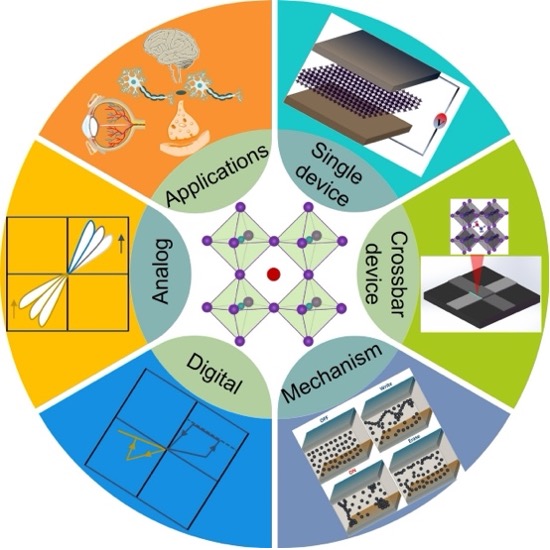
Figure 1. Graphical abstract for summarizing the application of perovskite quantum dots.
Reference:
Ullah, F.; Fredj, Z.; Sawan, M. Perovskite Quantum Dot-Based Memory Technologies: Insights from Emerging Trends. Nanomaterials 2025, 15, 873.
Please scan the QR code below to find more information:

Abstract:
Perovskite quantum dots (PVK QDs) are gaining significant attention as potential materials for next-generation memory devices leveraged by their ion dynamics, quantum confinement, optoelectronic synergy, bandgap tunability, and solution-processable fabrication. Despite their advantages, challenges such as stability, scalability, and environmental concerns remain critical hurdles. In this review paper, we explore the fundamental characteristics of organic/inorganic halide PVK QDs and their role in resistive switching memory architectures. We provide an overview of halide PVK QDs synthesis techniques, switching mechanisms, and recent advancements in memristive applications. Special emphasis is placed on the ionic migration and charge trapping phenomena governing resistive switching, along with the prospects of photonic memory devices that leverage the intrinsic photosensitivity of PVK QDs. Also, we conclude this review with insights into potential strategies for enhancing the reliability and commercial viability of PVK QD-based memory technologies.

Figure 2. Schematics of memristors: (a) single cell configuration, (b) lateral configuration, (c) cross-point single device, and (d) crossbar array architecture.
Overall, halide PVK QDs are potential contenders as a functional material matrix in memristive architectures, which is attributed to their unique physio-chemical characteristics. However, futuristic applications require collective efforts from the research community to address the associated bottlenecks. This review could be valuable for applying PVK QDs in memristive devices to cutting-edge intelligent technologies.



